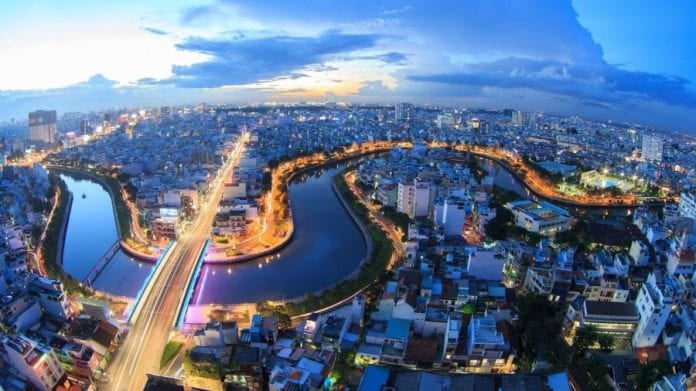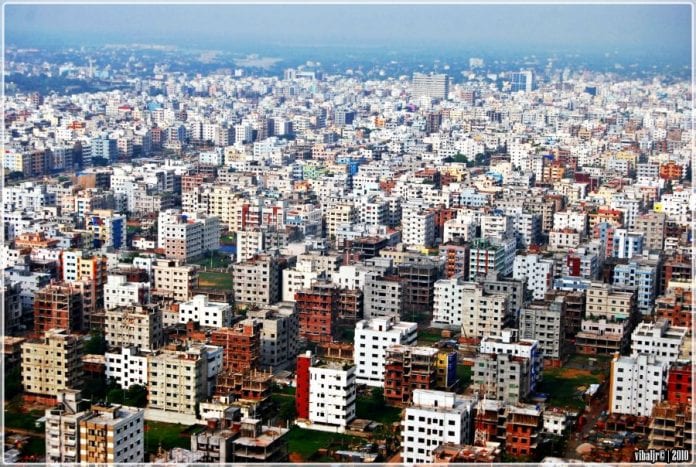Geologists all around the world are starting to see the subsidence phenomenon i.e. the sinking ground. Besides tectonic plates, underground waters used for households, factories, and agriculture are also responsible for this phenomenon. In this way, ground structure changes and the layers become denser while the surface above them sinks.
Subsidence is a massive issue in the cities near the coast or on the mouths of large rivers because the likelihood of floods increases in these areas. Worst case scenario is that the entire town can sink and these world metropolises are endangered.

5. Ho Chi Minh City, Vietnam
Ho Chi Minh City is the most populous city in Vietnam located on Saigon river and each year it lowers by two centimeters. Last year, it was struck by massive floods, caused by heavy rainfall. The sinking of the ground makes it difficult for the water to be removed after the flood and that is why floods last longer, causing more damage than usual, a scientist from the Deltares Science Institute of the Utrecht University explains. The Vietnamese government has been tackling with this issue, but the results are not visible.

4. Tokyo, Japan
Tokyo is the capital of Japan, and it is one of the examples of successful combat against ground sinking. Back in the 1960s, the Japanese government limited the use of underground waters for personal needs, and they have wanted to ban the use for industrial purposes completely. Today, the city is supplied by the tanks located in the mountains. The hard work paid off, and after the city had lowered by four meters, it rose by about 25 centimeters.

3. Dhaka, Bangladesh
A capital of Bangladesh, Dhaka, which has about 17 million residents is one of the cities which has just realized that it has this problem. The cause here is also the use of underground waters for the city, and about 87 percent of Dhaka is supplied this way.

2. Venice, Italy
Venice is one of the most beautiful cities in the world, but unfortunately, it also faces this issue. The St. Mark’s Square is often underwater, but just like Tokyo, the city and state government reacted and prohibited the use of underground waters to the large companies. The problem still exists, but the city doesn’t sink so quickly.

1. Shanghai, China
The Chinese government also realized that the underground waters are closely connected to subsidence. Because of numerous active and passive measures, the underground water level is stabilized and subsidence limited.










